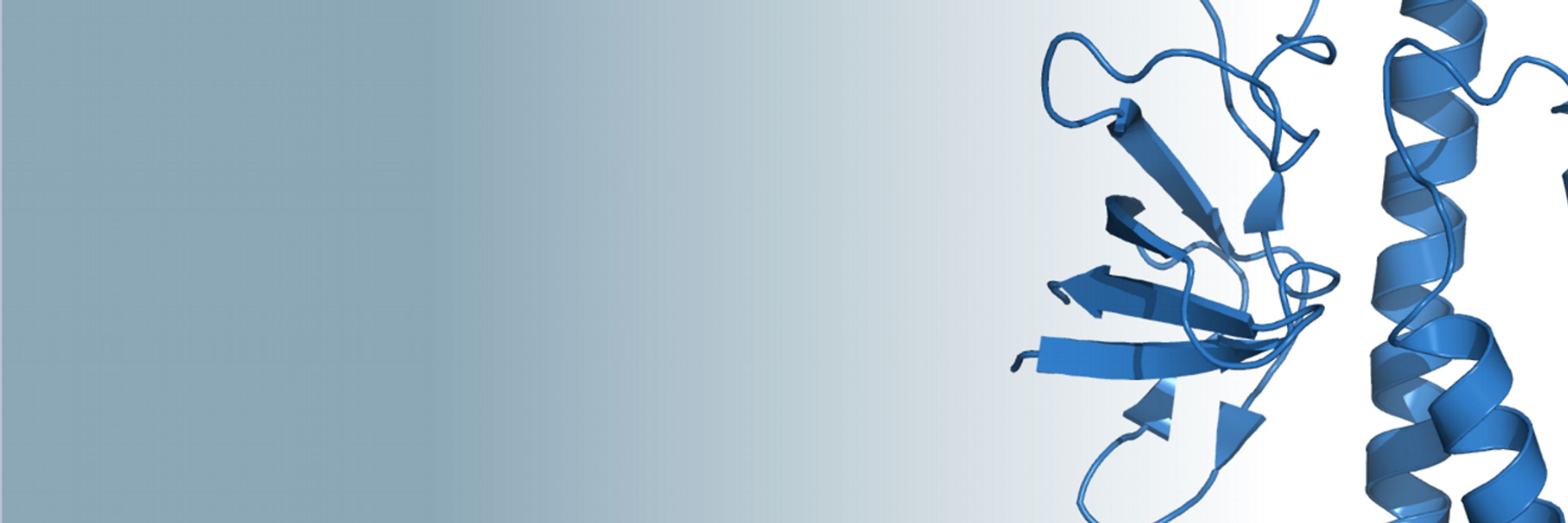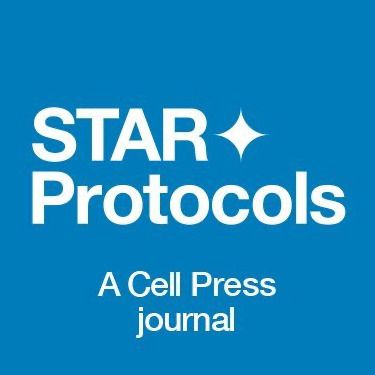
Join #SYNBIO-CSIC, an EU-funded doctoral programme by CSIC:
✔ 20 positions
✔ Cutting-edge research in #EngineeringBiology
✔ Interdisciplinary training for future leaders
➡️https://lifehub.csic.es/synbio-cofund/
#MSCACOFUND #SYNBIO

Join #SYNBIO-CSIC, an EU-funded doctoral programme by CSIC:
✔ 20 positions
✔ Cutting-edge research in #EngineeringBiology
✔ Interdisciplinary training for future leaders
➡️https://lifehub.csic.es/synbio-cofund/
#MSCACOFUND #SYNBIO
My reflections on ERC-Plus, Europe’s newest ultra-competitive research grant and what it tells us about the academic culture we’re building.
medium.com/p/erc-plus-j...

My reflections on ERC-Plus, Europe’s newest ultra-competitive research grant and what it tells us about the academic culture we’re building.
medium.com/p/erc-plus-j...

www.biorxiv.org/content/10.1...

www.biorxiv.org/content/10.1...
The European Research Council is launching €7m Plus Grants for ambitious, long‑term research — open to researchers at any career stage but limited to about 30 awards; current ERC grantees and applicants are ineligible, reports @clanicholson.bsky.social.

The European Research Council is launching €7m Plus Grants for ambitious, long‑term research — open to researchers at any career stage but limited to about 30 awards; current ERC grantees and applicants are ineligible, reports @clanicholson.bsky.social.

Ya disponible 👉 www.facebook.com/share/v/1GPc...




Ya disponible 👉 www.facebook.com/share/v/1GPc...
✅ Free
🔓 Open Source
🧬 More cloning methods than SnapGene
🤖 Can be automated with python
👨🔬 Built by a researcher — for researchers!
👉 Check it out at opencloning.org

✅ Free
🔓 Open Source
🧬 More cloning methods than SnapGene
🤖 Can be automated with python
👨🔬 Built by a researcher — for researchers!
👉 Check it out at opencloning.org

#ProteinDJ #BindCraft #ProteinDesign @wehi-research.bsky.social

#ProteinDJ #BindCraft #ProteinDesign @wehi-research.bsky.social
Seminario científico del @ciccancer.bsky.social (@usaloficial.bsky.social - @csic.es) de 10-11 horas: www.cicancer.org/press-room/c...

Seminario científico del @ciccancer.bsky.social (@usaloficial.bsky.social - @csic.es) de 10-11 horas: www.cicancer.org/press-room/c...
Talk by Dr. Héctor García-Seisdedos - @ibmb-csic.bsky.social (Barcelona, Spain) 🥼
🔬Topic: Infinite assembly of folded proteins
📍 IBFG Auditorium, Salamanca
🗓️ Nov 28, 2025 – 12:00 PM

Talk by Dr. Héctor García-Seisdedos - @ibmb-csic.bsky.social (Barcelona, Spain) 🥼
🔬Topic: Infinite assembly of folded proteins
📍 IBFG Auditorium, Salamanca
🗓️ Nov 28, 2025 – 12:00 PM
elpais.com/ciencia/2025...

elpais.com/ciencia/2025...
www.biorxiv.org/content/10.1...

www.biorxiv.org/content/10.1...
instruct-eric.org/scientifichi...

instruct-eric.org/scientifichi...
@cp-starprotocols.bsky.social
article:
star-protocols.cell.com/protocols/4574
Below is a brief overview of the 5 programs included in the suite.👇

@cp-starprotocols.bsky.social
article:
star-protocols.cell.com/protocols/4574
Below is a brief overview of the 5 programs included in the suite.👇
🔹 Compound library generation
🔹 Receptor preparation
🔹 Vina docking
🔹 Resuming interrupted runs
🔹 Ranking and analyzing hits
💻 Works on Windows 10/11, Linux, and macOS.
🔹 Compound library generation
🔹 Receptor preparation
🔹 Vina docking
🔹 Resuming interrupted runs
🔹 Ranking and analyzing hits
💻 Works on Windows 10/11, Linux, and macOS.
Meet jamdock-suite:
github.com/jamanso/jamd...
a free toolkit that automates the entire workflow including compound library generation and docking analysis. 🧵

Meet jamdock-suite:
github.com/jamanso/jamd...
a free toolkit that automates the entire workflow including compound library generation and docking analysis. 🧵



This grant will enable us to expand our research scope and grow our team.
mbg.au.dk/en/news-and-...

This grant will enable us to expand our research scope and grow our team.
mbg.au.dk/en/news-and-...
#DNARepair #Genome #FanconiAnaemia #CancerResearch
#DNARepair #Genome #FanconiAnaemia #CancerResearch
📢 Talk by Dr. Pablo Alcón - Aarhus University (Aarhus, Denmark)
🔬Topic: Understanding DNA Repair: Visualizing Tumour Suppressors in Action
🗓 Nov 14, 2025 – 12:00 PM
📍 IBFG Auditorium, Salamanca

📢 Talk by Dr. Pablo Alcón - Aarhus University (Aarhus, Denmark)
🔬Topic: Understanding DNA Repair: Visualizing Tumour Suppressors in Action
🗓 Nov 14, 2025 – 12:00 PM
📍 IBFG Auditorium, Salamanca
BBSRC NWD project with @parikki.bsky.social and @iamabyron.bsky.social
Come join us to look at how mechanical and oxidative stress signalling pathways converge on the synaptic scaffold protein talin.
www.findaphd.com/phds/project...

BBSRC NWD project with @parikki.bsky.social and @iamabyron.bsky.social
Come join us to look at how mechanical and oxidative stress signalling pathways converge on the synaptic scaffold protein talin.
www.findaphd.com/phds/project...

